The Sales Professional’s Shift That Builds Real Influence
Too many “sales professionals” get so amped up for a customer meeting after months of prospecting, curating, and getting the date scheduled. They show up the day of the meeting with their slide decks memorized and ready to dazzle the customer with their brilliance.
They show up to the meeting get the pleasantries completed, business cards passed out, and they are on their way of bullet point after bullet point about how great their solutions are for the customer. The next thing they know is that 50 minutes have gone by and the customer says something to the effect of that’s great and don’t call us we will call you.
The sales professional feels like they did a great job and when they don’t hear anything after a while, they start reaching out to find that the customer is ghosting them. That’s right, no answer to emails, phone messages, DM’s on Instagram, nothing….
The problem is that the sales person assumed they knew all that the customer was going through and missed the mark. When I teach the tie-back questions portion of “The Sales Process Uncovered,” the participants typically have the understanding why they are not hearing back from the prospects.
This is where we start learning questions like below to start the meetings with the customers:
· “What would success look like for your team six months from now?”
· “What’s been the most frustrating part of your current setup?”
· “Can you give me an example?”
Customers do not want to be pitched to, or hear how great you or your product offering is. What they want to know is how will this solution make “THEM” the hero of their story. They need to feel known and heard, not pitched to. Nothing erodes trust faster than some slick sales person pretending to know all of their problems.
Customers are all unique and have small twists to the issues sales professionals might think they are solving. By missing the twist the sales professional misses the sale. Sales professionals using their generic script will gloss over these twists and then the customer will start losing trust, interest, and patients. Now most are polite, but I have seen some customers call for an end to the meeting and walk out. Where do you think I learned this lesson from?
To help customers feel like they are being heard and are known the sales professional has to make sure they are asking the best questions and learning about the situation before they start presenting the solutions. I wrote about this in a previous blog post about how Curiosity can be your superpower.
All the top performers use curiosity to start the process off and move forward with the customer as a guide to help them in their quest to be a hero of their story. Sales Professionals need to stop selling and start asking if they are going to be top perfomers as well.
